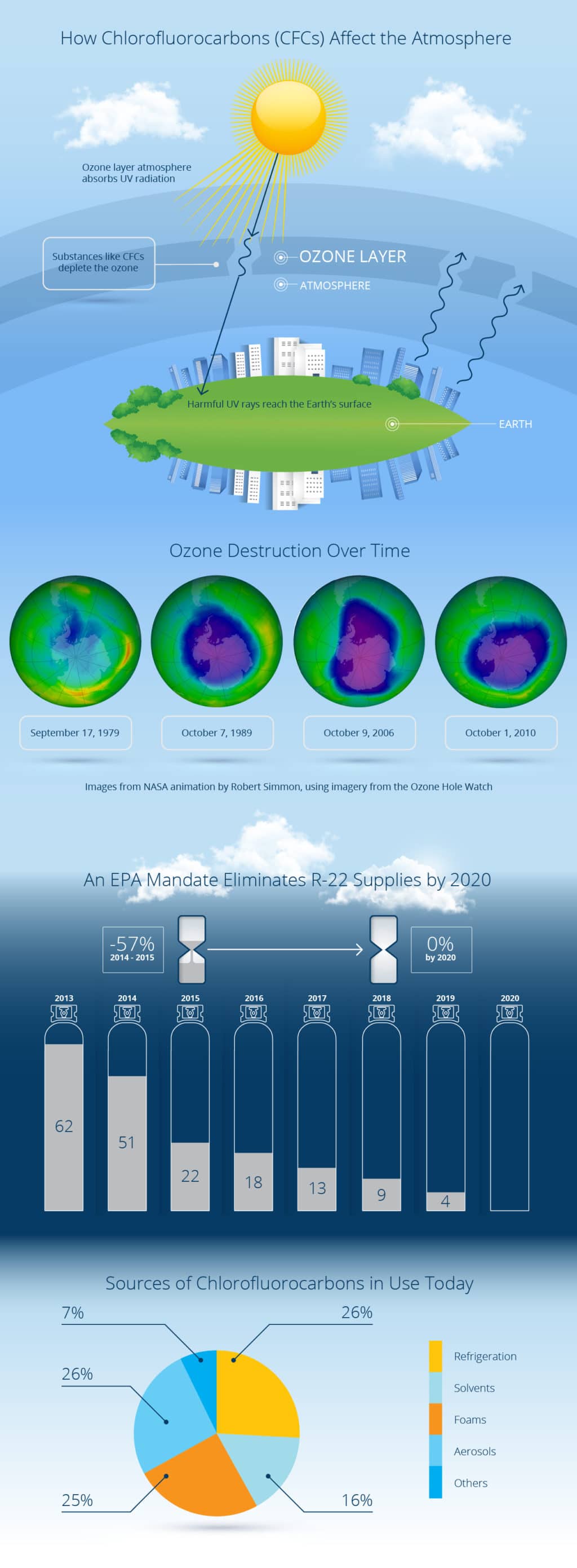The Future Of Home Home Heating - How Heatpump Technology Is Progressing
The Future Of Home Home Heating - How Heatpump Technology Is Progressing
Blog Article
Authored By-Svensson Kaae
Heatpump will certainly be an essential innovation for decarbonising heating. In a scenario constant with governments' revealed energy and environment commitments, their international capacity doubles by 2030, while their share in home heating rises to one-quarter.
They work best in well-insulated homes and depend on electrical power, which can be supplied from a sustainable power grid. Technological developments are making them a lot more efficient, smarter and more affordable.
Gas Cells
Heat pumps use a compressor, refrigerant, coils and followers to relocate the air and heat in homes and home appliances. They can be powered by solar energy or power from the grid. They have actually been acquiring popularity due to their low cost, silent procedure and the capability to create electricity throughout peak power demand.
Some companies, like IdaTech and BG MicroGen, are working on gas cells for home heating. These microgenerators can change a gas central heating boiler and generate some of a home's electrical demands with a link to the power grid for the rest.
But there are reasons to be skeptical of using hydrogen for home heating, Rosenow claims. It would be expensive and ineffective compared to other modern technologies, and it would certainly contribute to carbon exhausts.
Smart and Connected Technologies
Smart home technology enables homeowners to link and regulate their tools remotely with using mobile phone applications. For instance, smart thermostats can learn your home heating choices and instantly adjust to maximize energy consumption. Smart lights systems can be managed with voice commands and instantly switch off lights when you leave the room, reducing power waste. And wise plugs can keep track of and manage your electric usage, allowing you to determine and restrict energy-hungry home appliances.
The tech-savvy household illustrated in Carina's meeting is an excellent picture of exactly how residents reconfigure space home heating methods in the light of new clever home technologies. They rely upon the gadgets' computerized functions to accomplish day-to-day changes and regard them as a practical ways of conducting their heating techniques. As such, they see no factor to adjust their practices further in order to enable versatility in their home power need, and interventions aiming at doing so might encounter resistance from these households.
Electrical power
Considering that heating up homes accounts for 13% people exhausts, a button to cleaner options might make a huge distinction. Yet the modern technology encounters challenges: It's pricey and needs extensive home remodellings. And https://www.nytimes.com/wirecutter/guides/how-to-keep-your-home-cool/ 's not always suitable with renewable energy resources, such as solar and wind.
Till recently, electrical heatpump were too expensive to compete with gas designs in a lot of markets. However new developments in design and materials are making them a lot more budget-friendly. And far better cool climate efficiency is allowing them to function well even in subzero temperature levels.
https://allongeorgia.com/georgia-lifestyle/georgia-power-spring-into-energy-savings-with-tips-and-rate-options/ following action in decarbonising home heating may be making use of heat networks, which attract warmth from a central resource, such as a close-by river or sea inlet, and disperse it to a network of homes or buildings. That would lower carbon exhausts and permit families to capitalize on renewable energy, such as environment-friendly electrical energy from a grid supplied by renewables. This alternative would certainly be less pricey than changing to hydrogen, a nonrenewable fuel source that needs new infrastructure and would only reduce CO2 emissions by 5 percent if paired with improved home insulation.
Renewable resource
As electrical energy prices go down, we're starting to see the very same pattern in home heating that has driven electrical cars into the mainstream-- yet at an even faster pace. The solid environment instance for impressive homes has been pushed better by brand-new research study.
Renewables make up a considerable share of modern-day heat consumption, however have been given minimal policy interest internationally compared to various other end-use industries-- and also less focus than electrical energy has. In part, this shows a mix of customer inertia, divided motivations and, in many countries, aids for nonrenewable fuel sources.
New technologies could make the shift simpler. As an example, heat pumps can be made much more power efficient by replacing old R-22 refrigerants with brand-new ones that don't have the high GWPs of their precursors. Some experts also envision district systems that draw warmth from a neighboring river or sea inlet, like a Norwegian arm. The cozy water can after that be utilized for heating and cooling in a community.